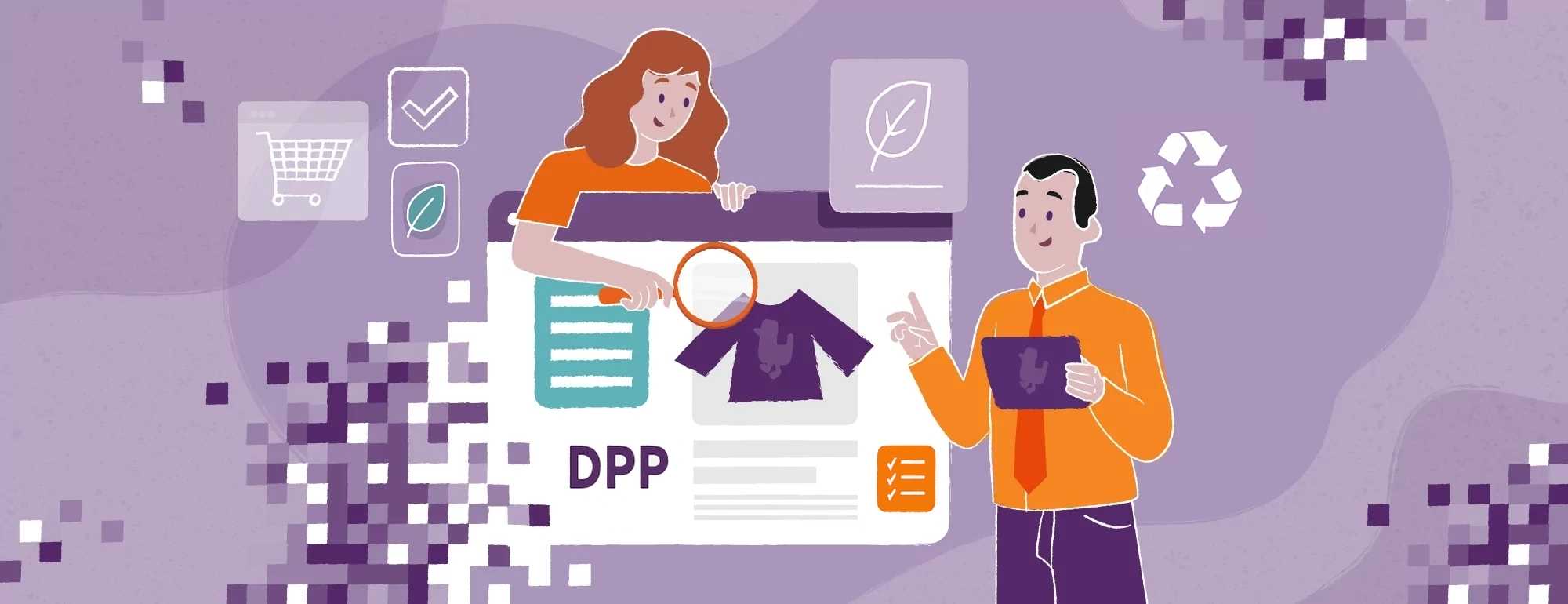Why the Waterfall Model Does Not Work in Innovative Projects
The reality in which we live increasingly often forces us to introduce innovative solutions in our companies, regardless of whether we like such activities or fear the change and prefer to maintain the status quo.
In this article, you will learn about:
- the conditions in which we make decisions when implementing projects
- the methodology to choose for your project to increase the likelihood of success
Implementing an innovative project
Stepping out of your comfort zone and confronting reality in a process whose outcomes are unknown is not an easy task. Very often, we want to stay close to our routines. That is why most people choose the safest option, which is to complete the project using the tried and tested cascade design method.
Sometimes we are put in this position by clients –
“Your portfolio suggests you will be a good partner in an innovative project, but we will implement it jointly in a traditional way.” When I hear such a proposal, a thought germinates in my mind that the implementation of the project may end in disaster. Responding to the client with such a vision of cooperation, I feel like invoking the slogan from a Psie Sucharki cartoon meme – “Well, no, just no!”
However, I will try to explain why this is not possible.
The conditions in which we operate and make decisions
Let us start by understanding the very types of conditions in which we act and the required approach to decision-making:
Decision-making under predictable conditions
Being in predictable conditions is a favorite state for most people. When we thoroughly understand the situation we are in, we build on past experience. We can predict almost everything, and achieving success is 99% certain. In this situation, we work in a routine way, basically making decisions automatically. An example of this type of action in IT would be, for example, an extension of a maintenance contract for another year for a practically new system with few errors. Simply sign an extension annex or take no action when the contract provides for automatic renewal. Another contract and another year of repeated activities.
In real life, it’s like a weekend walk up a nearby hill.

Decision-making in risky environments
Risk is the most common aspect of work we have encountered so far in most IT projects. We create a vision of what we want to achieve, and the probability of success is so high that we basically do not allow the thought of a failure. We perceive the risk to achieving our goal, but we can estimate the likelihood of its occurrence and the potential cost of handling it.
In that case, we make decisions based on a pre-assumed solution, by searching for data and conducting analyses. This will allow us to verify the assumptions made before we start acting.
Cascading project methodologies were created for such situations. We start with a detailed analysis that allows us to reduce risk to a minimum, determine costs and deadlines, and deliver the project. We carry out the work in stages, allowing a buffer of time and money, which we use to handle the risks.
In IT, you can also work with the Waterfall model in this situation and sign a Fixed Price contract. An example of such a project may be the replacement of an old system with a new one, with the business model remaining unchanged. When we know everything about the process and know the performance requirements, we are able to gather a set of functional and non-functional requirements through analysis and refactoring.
You can compare it to an autumn walk in the mountains, where we have been several times before, but the weather can still surprise us.

Decision-making under uncertainty
What do we do when operating in a situation of uncertainty? And yet, by definition, innovative projects are created and implemented in such conditions. This is an increasingly common situation these days. We are unable to determine what might happen, what risks await us, the likelihood of their occurrence, and the cost of handling them. We also cannot assume that we will definitely achieve the goal, and sometimes we are not even sure if this goal will not change in the course of implementation. Also, our environment is changing and assumptions from the past such as the availability of employees in the market and a fixed rate per hour may no longer be valid.
In such a situation, we should use a research approach characterized by avoiding making assumptions based on history. The focus should be on proactively seeking new data, new perspectives, constantly managing conflicting opinions and adapting quickly to changes that occur.
Increasingly, decision-making in an IT project is of this nature. When we are in an exploratory mode, we rely on situations that are new to us. For example, we build an innovative process in a company, we modify a business model that will be unique in our market.
It can be compared to climbing an eight-thousand-meter-tall mountain. We know that we are supposed to reach the peak somewhere in the clouds, but the weather can make it difficult. We may get injured during the climb, we may run out of food, equipment may break and we may have to turn back or settle for only reaching the approach, but it will still be a great feat.
It may happen that we will be lucky with the weather and we climb to the top, but in an extreme case, if we are careless, we may lose our lives.

Similar to this situation, an agile approach to the project and the business is necessary. This is the reason why we cannot implement innovative projects using the Waterfall model.
Downplaying risks and believing in the validity of old experiences
But why are we so often inclined to rely on our old experiences? Well, unfortunately, it is in our nature that we underestimate the risks for convenience. The mind directs us to implement projects under stable conditions. For those willing to explore the topic of decision traps, I recommend the book “Labyrinth. The Art of Decision-Making” by Paweł Motyl.
In situations where we have a project involving risk, we want to approach it in a routine way, subconsciously taking actions that disregard risk. And messengers bringing bad news are easily ignored 😉
Under conditions of uncertainty, however, we take actions that are aligned with the risk of the project. In a fully innovative situation, we try to use methods that analyze risk where we cannot identify it.
We need to be aware of this, maintain a common sense that will defend us in Black Swan Situations. These are situations extremely difficult to predict, but whose occurrence should be expected and prepared for.
Innovative projects are more and more common, and therefore methodologies are developed that allow us to increase the likelihood of success in such projects, including the likes of Agile Project Management or Customer Development. These are based on agile methodologies, Scrum, Lean Management, or Kanban and, in practice, they help us achieve success with our clients.
If you are interested in the topic of project management and want to learn more about selected methodologies, we encourage you to read our series of articles about agile methodologies and solutions and services.







